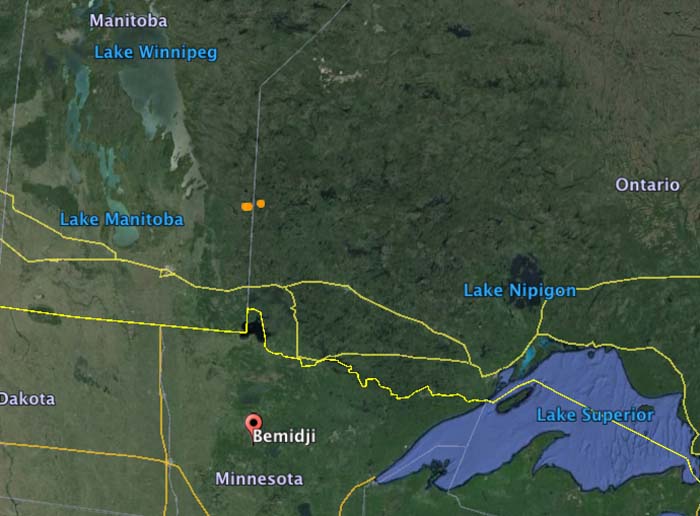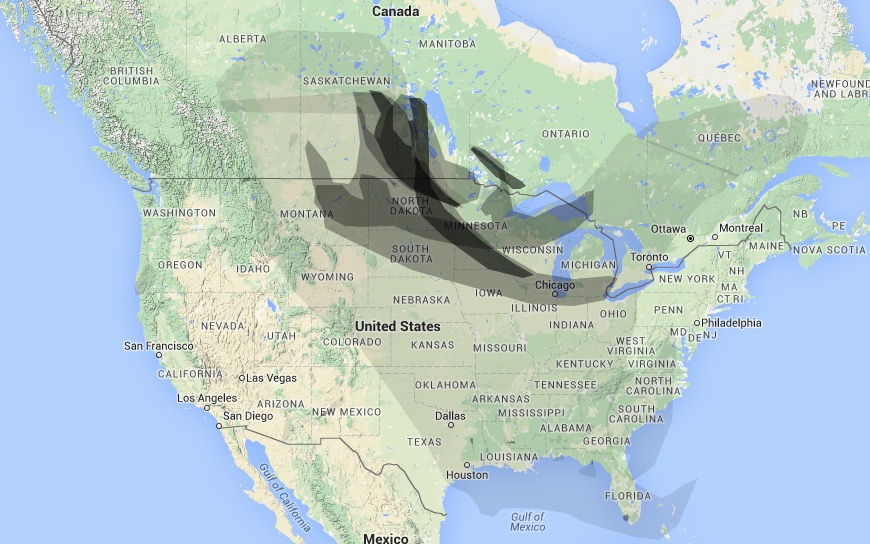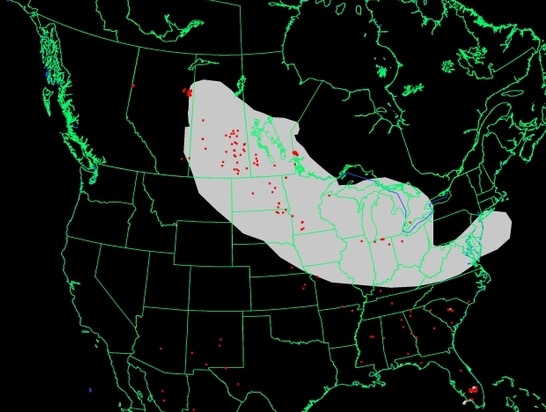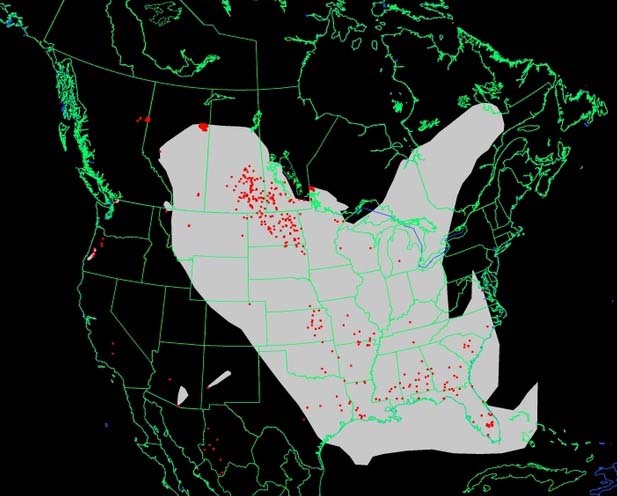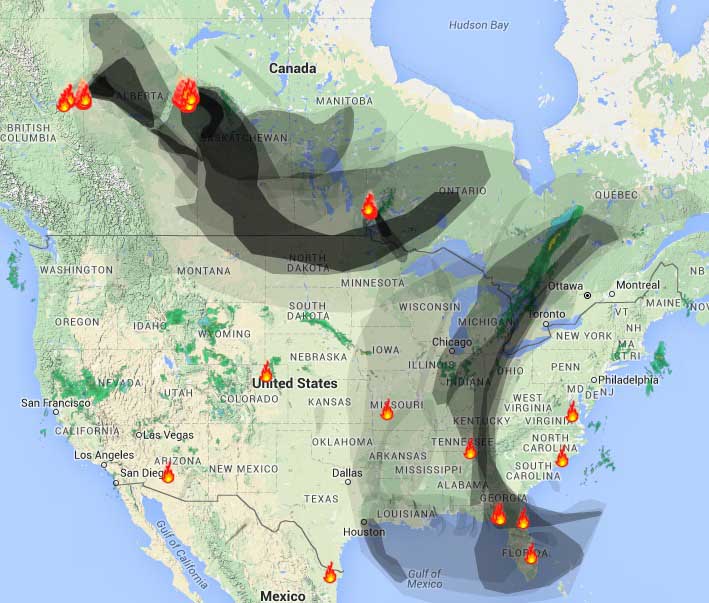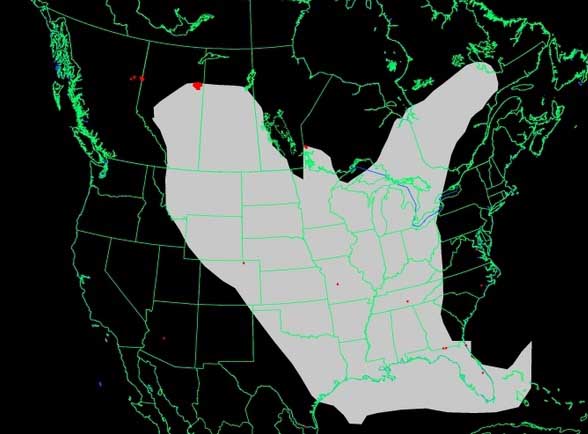I have seen chatter in recent days, here and elsewhere, very critical of both the United States for not sending firefighters to help out with the large wildfire in Alberta, and of Canada for not asking for help. Alberta Wildfire Management has said they have enough firefighting resources and don’t need international assistance. We checked with Jennifer Jones, a spokesperson for the U.S. Forest Service at the National Interagency Fire Center, and she confirmed that the United States government has not been asked by Canada for any resources.
It is unfortunate that this natural disaster has turned into a political football in some circles. Generally wildland firefighters are isolated from politics, other than depending on politicians for funding and occasionally succumbing to pressure to put air tankers in the sky even though they know that in certain conditions they will be completely ineffective. Firefighters call the retardant delivered to a fire under those conditions “CNN drops” — made for television — simply to appease the public and reduce the pressure felt by politicians. Thankfully CNN drops are rare.
But this pressure to send United States firefighters or hardware to Alberta falls into that same category. It would be a CNN deployment. Photos would be taken of firefighters boarding planes headed north, and then lining up at an Incident Command Post in Alberta.
The fire management personnel in Canada say they’ve got this. The United States, Russia, Mexico, Australia, Taiwan, Israel and the Palestinian Authority all offered help, according to John Babcock, a Global Affairs Canada spokesperson, but it is not needed.
Canada and the U.S. have often helped each other out, lending ground personnel and aircraft back and forth to assist during unusually busy wildfire seasons. There is no hesitancy to do this. People criticizing politicians and fire management personnel about a perceived lack of sharing need to calm down. Let the professionals decide what they need and don’t need. To a firefighter, a fire is not an emergency. It’s what they do.
If Alberta needs help, they’ll ask for it. If they ask, the U.S. will send resources north.



